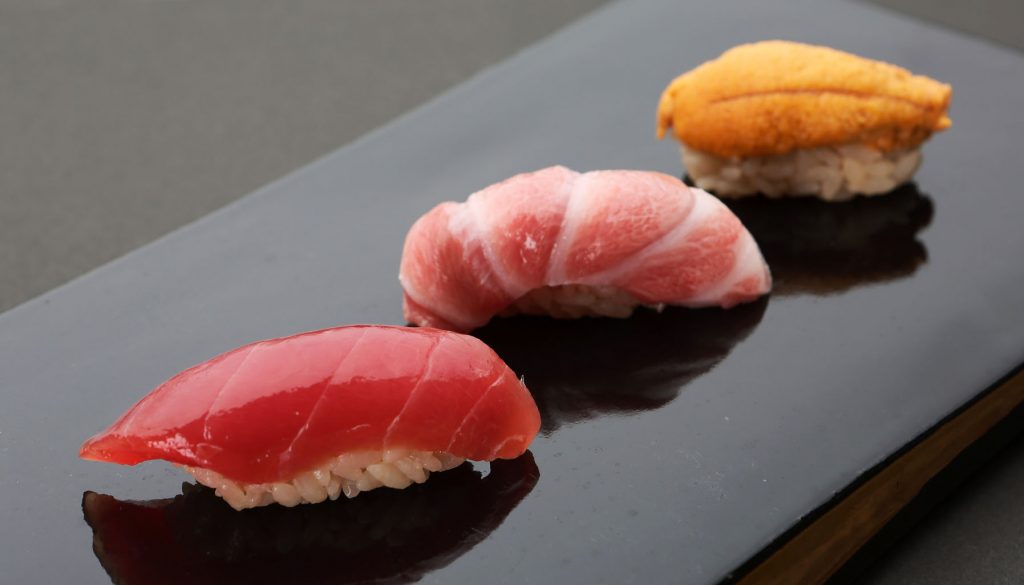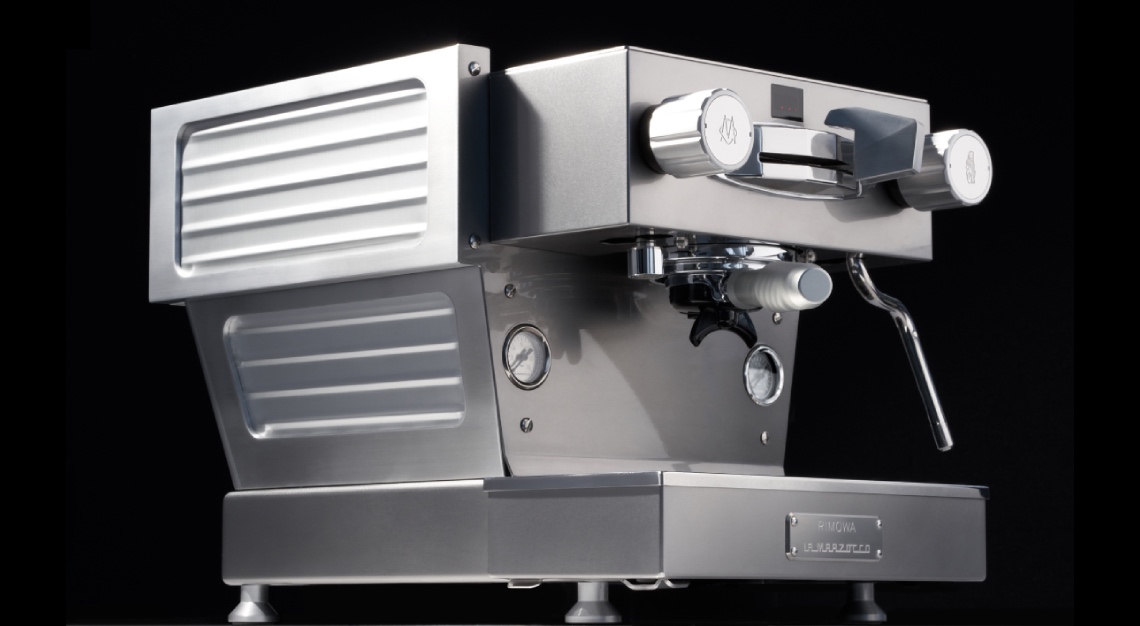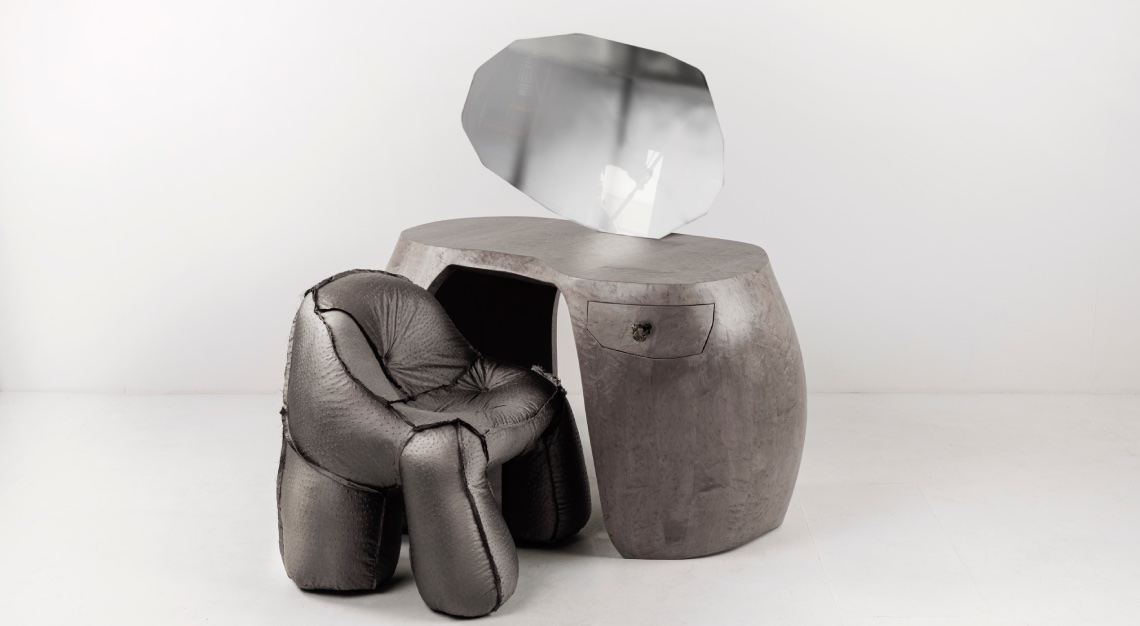Preserving the tradition of Edomae-style sushi
In Singapore, we’re used to sushi restaurants that serve a combination of fresh raw fish served over rice seasoned with vinegar. In recent years though, the popularity of Edomae-style sushi — seafood that uses preservation techniques such as ageing, marination and salting — has soared through the roof.
The lesser-known style of sushi gained traction in Tokyo in the 1800s, when modern refrigeration methods did not exist. ‘Edomae’ derives from two words; Edo, the old name of Toyko, and mae which refers to seafood caught in Tokyo Bay.
One such restaurant to serve this specialty is Sushi Ichi Singapore. Located in Singapore Marriott Hotel, it’s a branch of the Michelin-starred Ginza Sushi Ichi in Tokyo. The restaurant features just two intimate spaces, a main and a private dining room, and seats up to 21 guests. While both are decked in muted tones of cream and wood, and are free from over-the-top decorations, its sushi counter steals the spotlight. Made from 200-year-old cypress wood sourced from the Kiso forest, the counter releases a light, woody scent that wafts through the room and offers diners a unique sensory experience for both the nose and tastebuds.
To age the fish, executive head chef Masakazu Ishibashi cleans and treats the fish daily before storing it in a chiller that solely relies on ice to keep the fish chilled. While Edomae-style sushi was known to be a type of ‘fast food’ for the working crowd in Tokyo, Sushi Ichi takes no shortcuts, especially when it comes to preserving the fish. Instead, Ishibashi relies on his instinct to determine each method of preservation to its optimum standard and taste, a trait he attributes to years of vigorous training.

While the menu changes depending on the season, specialties include Mushi Awabi and Kegani. The former features Chiba Prefecture abalone, steamed in a mixture of salt, seaweed, konbu and sake for six hours, before being drizzled with miso, soy and abalone liver sauce. Kegani, on the other hand, exemplifies mottainai, a tern that conveys a sense of regret concerning wastage. The crab is served in three ways; the fleshy leg is boiled and served with a vinegar-and-bonito sauce, a portion of the remaining meat is served with the crab’s creamed guts, while the rest is mixed with rice, uni and ikura as a crab risotto.
Observant diners may also realise that depending on the dishes they order, different types of rice are used. Ishibashi explains that the milder red and white vinegared rice complements the strong flavoured fish such as aged tuna, while the more robust tasting white vinegared rice is best paired with lighter tasting seafood such as squid.
Sushi Ichi Singapore
#01-04
Singapore Marriott Tang Plaza Hotel
320 Orchard Road
Singapore 238865
ginza-sushiichi.jp









